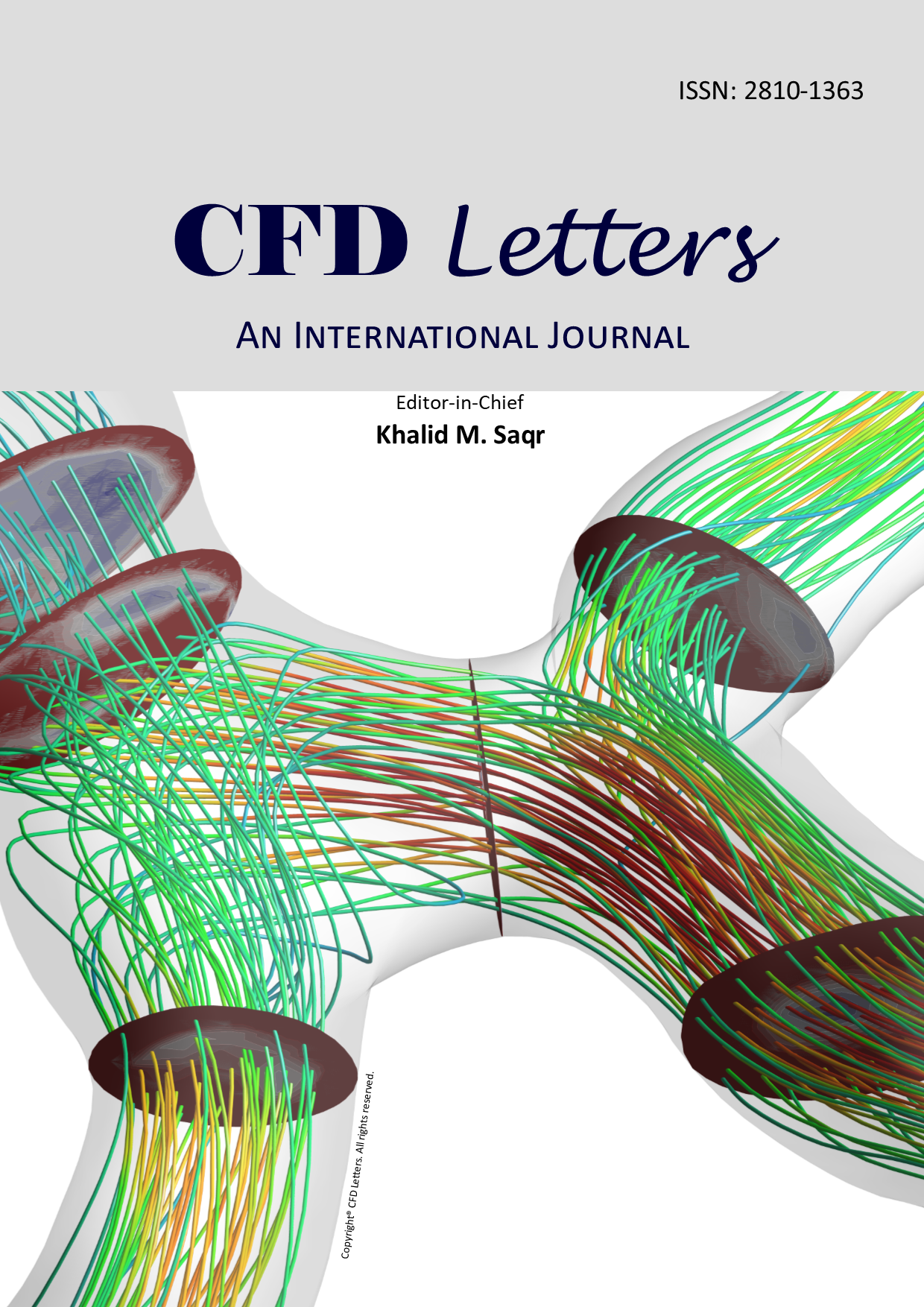Effect of Single and Double Stenosed on Renal Arteries of Abdominal Aorta: A Computational Fluid Dynamics
Keywords:
renal artery, renal artery stenosed, atherosclerosis, computational fluid dynamics, hemodynamicsAbstract
This study investigated the impact of single stenosed (SS) and double stenosed (DS) of renal artery branches using the Computational Fluid Dynamics (CFD) approach. A 3D abdominal aorta with renal artery branches model was constructed using MIMICS software. Some modification of SS and DS are applied at right and left renal artery branches, respectively. Numerical analysis of both stenosed cases with the condition of normal blood pressure (NBP) and high blood pressure (HBP) are performed using CFD solver in software ANSYS-18. The results of velocity, pressure and wall shear stress of SS and DS renal artery branches with the condition of NBP and HBP are compared with respect to the blood flow behavior. The results concluded that DS-NBP showed the highest value for velocity magnitude. Meanwhile for pressure and wall shear stress value, DS-HBP showed the highest value for both results, respectively. The present study demonstrates the fundamental aspects of haemodynamics of blood flow behavior in idealized abdominal aorta with stenosed renal branches subjected to the normal and high pressure conditions of DS and SS cases of renal artery branches.













